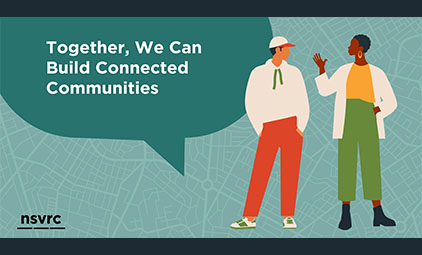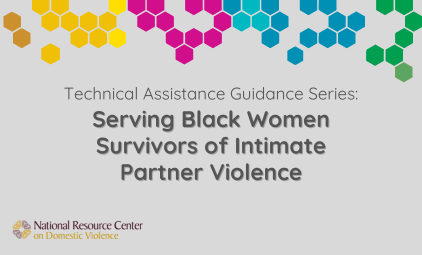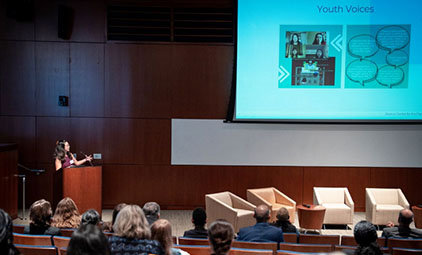This document was developed by fellows of the 2019–2020 Human Trafficking Leadership Academy (HTLA) Class 5 organized through the National Human Trafficking Training and Technical Assistance Center (NHTTAC), Center for Native American Youth (CNAY), and Coro Northern California.
Worldwide, Indigenous people are at a higher risk of human trafficking—including both sex trafficking and labor trafficking—than other diverse populations (Administration for Children and Families, 2018). Indigenous groups in the United States, including American Indian/Alaska Native, Native Hawaiian, and Pacific Islander populations, are especially at risk. The Human Trafficking Leadership Academy (HTLA) Class 5 fellows worked to address the question, “How can culture be a protective factor in preventing trafficking among all Indigenous youth?”
While one report cannot capture all of the inherently unique histories and characteristics of all Indigenous people in the United States, the HTLA Class 5 fellows hope this report and its recommendations will provide a beginning to continued change, healing, and safety for all Indigenous youth—now and for future generations.












